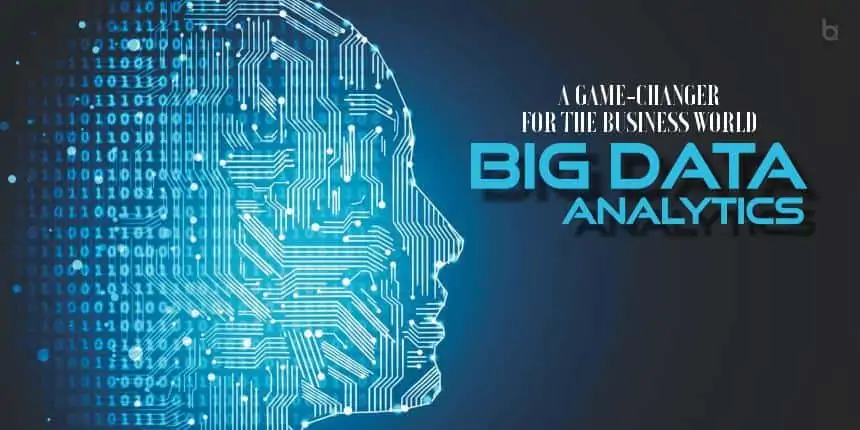Big data refers to extremely large datasets that are too complex for traditional data-processing software. It’s often described using the 5 V’s:
-
Volume – Massive amounts of data
-
Velocity – Data is generated and processed quickly
-
Variety – Structured, semi-structured, and unstructured data
-
Veracity – Accuracy and reliability of the data
-
Value – Extracting meaningful insights from it
🔍 Types of Big Data Analytics
-
Descriptive Analytics
-
What happened?
-
E.g., Dashboards and reports
-
-
Diagnostic Analytics
-
Why did it happen?
-
E.g., Root cause analysis
-
-
Predictive Analytics
-
What is likely to happen?
-
E.g., Forecasting future trends using machine learning
-
-
Prescriptive Analytics
-
What should be done?
-
E.g., Recommending decisions based on simulations
-
⚙️ Technologies Used
-
Hadoop & Spark – Big data processing
-
NoSQL Databases – MongoDB, Cassandra
-
Data Warehousing – Snowflake, BigQuery
-
AI/ML Tools – TensorFlow, Scikit-learn
-
Visualization – Tableau, Power BI
🧠 Applications Across Industries
-
Healthcare: Predict disease outbreaks, improve patient care
-
Finance: Fraud detection, risk analysis
-
Retail: Personalized marketing, inventory management
-
Manufacturing: Predictive maintenance, supply chain optimization
-
Smart Cities: Traffic management, energy efficiency
🚀 Why It’s Important
Big data analytics helps companies:
-
Make data-driven decisions
-
Gain a competitive edge
-
Improve customer satisfaction
-
Optimize operations and costs

 SkillClick
SkillClick
